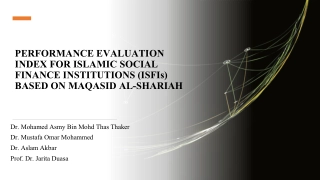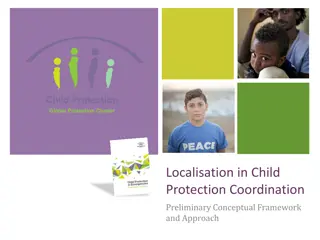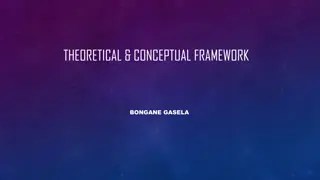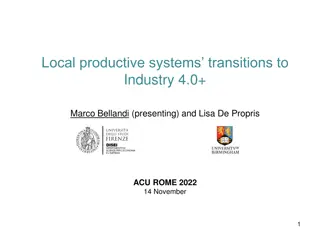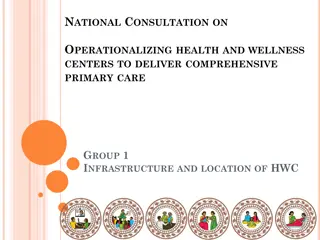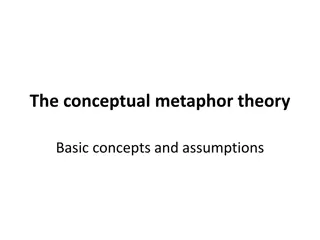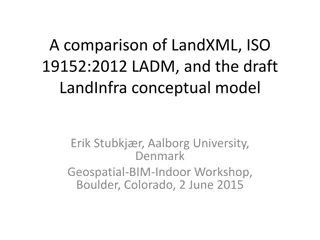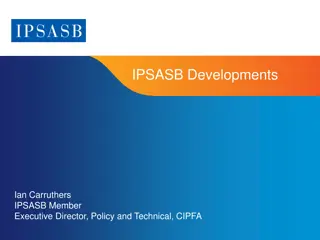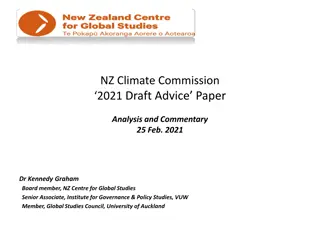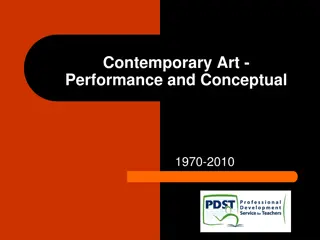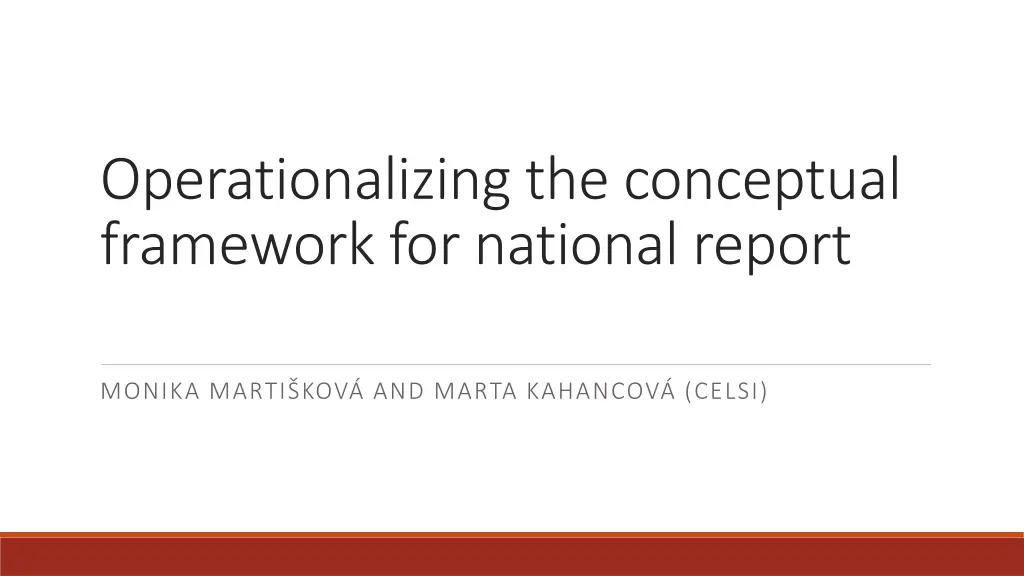
Understanding Social Dialogue Structures in Europe
Explore the operationalization of conceptual and analytical frameworks for a national report on social dialogue in Europe, focusing on actors, legitimacy, autonomy, and power relations at national and EU levels. Discover forms of interactions and power dynamics shaping social dialogue outcomes.
Download Presentation

Please find below an Image/Link to download the presentation.
The content on the website is provided AS IS for your information and personal use only. It may not be sold, licensed, or shared on other websites without obtaining consent from the author. If you encounter any issues during the download, it is possible that the publisher has removed the file from their server.
You are allowed to download the files provided on this website for personal or commercial use, subject to the condition that they are used lawfully. All files are the property of their respective owners.
The content on the website is provided AS IS for your information and personal use only. It may not be sold, licensed, or shared on other websites without obtaining consent from the author.
E N D
Presentation Transcript
Operationalizing the conceptual framework for national report MONIKA MARTI KOV AND MARTA KAHANCOV (CELSI)
Just to remind the research questions of our project are: How is social dialogue in Europe organized, at what levels, and who are the actors involved? How does social dialogue at the European level affect decisions, outcomes and the position of actors at the national and sub-national levels, and vice versa? What are the determinants of an effective social dialogue articulation? How does the experience of countries with different industrial relations traditions and models compare, and what best practices can be identified? What about different sectors? What lessons can be derived from these insights? What are the future opportunities and risks?
Operationalizing the analytical framework We need to understand the structure of SD (following Curry, 2016): understanding aspects of rigidity and flexibility of the structure and relations among actors in terms of actors involvement, their mutual relations and outcomes implementation With this respect we distinguish: Actors legitimacy in topic articulation (input legitimacy) Actors legitimacy in proposing the process of implementation (throughput legitimacy) Actors autonomy in the level of output enforcement (output legitimacy) Based on these aspects we should define social dialogue structures at the national and EU level.
Forms of interactions and power relations in SD articulation Forms of interactions and power relations in SD articulation Social interaction Form of Power relations Actors Outcome legal legitimacy Channel of the SD interdepend ency Vertical articulation Control Asymmetry EU policy bodies and ESD/ESSD participants, national level governments and national level SP Legally binding (high) Top-down (or mixed) Competition Horizontal Equalized, other soft tools of empowering important ESD/ESSD participants, in general any form of bilateral social dialogue, but also interest groups other than SP ESD/ESSD common outcome submitted to EC implementation If there is outcome, it would have low legitimacy and further enforcement will be required High outcome legitimacy at the EU level (e.g. through autonomous implementation, or EC involvement) Legally binding (high) Bottom-up Shared values Vertical/horiz ontal Equalized Bottom-up Interactive bargaining Vertical/horiz ontal Distance diminished, equalized Actors of collective bargaining Bottom-up/mixed
Channels of SD articulation (at the national and EU level separately) Bottom-up form of articulation refers to the situation when the input suggestion is coming from the lower level to the higher, e.g from the national representatives to the EU level, or from the sector to the cross-sector level. It assumes that the actors possess independency in suggesting issues to be discussed. Top-down form of articulation expects that the impulse for the discussion is opened by the higher level institution that demands the outcome implementation at the lower levels. Mixed combine both approaches introducing to the bottom-up suggestion possibility to be implemented through top-down process.
Evaluating SD effectiveness at particular SD level - structural and relational perspective: - actor structure and capacity to engage in SD (participate in meetings regularly, suggest topics), capacity to implement outcomes - topics covered - (do actors feel they can successfully propose topics, the more relevant the topics are for actors the more effective SD is - intensity of SD: info exchange, consultation, negotiation - outcomes - ability of SD to produce binding or non-binding outcomes - trust-oriented interation: control, value sharing and interactive bargaining as form of interaction more likely to lead to outcomes. Trust is higher in value sharing and interactive bargaining than in control or competition - barriers to effective SD (see Table in WP1.1)
Evaluating effectiveness of SD articulation - relational perspective - interaction between actors from various levels: control, competition, value-sharing and interactive bargaining. control, value sharing and interactive bargaining as form of interaction more likely to lead to outcomes. Trust is higher in value sharing and interactive bargaining than in control or competition - Intensity of interaction - ability of actors to transpose topics from 1 level of SD to the agenda of SD at other level (measure by actors' perception and interview/survey answers) - ability to implement outcomes reached at 1 SD level at other levels
Proposed structure of the national report Country studies should generally address the following 4 topics: 1. Introducing the organization of social dialogue at the national level (taking into the account input, throughput and output legitimacy of the actors at the national and sectoral level, presenting relational and structural aspects of the SD organization) 2. Introducing the forms of involvement of national social partners to the EU level SD structures (incl. barriers of involvement), the forms of involvement of sectoral social partners in EU-level sectoral SD structures (incl. barriers of involvement). 3. Presenting the channels of social dialogue articulation from the national to the EU level, from the EU level to the national level, between the national and the sectoral level, and between the sectoral level and EU-level sectoral SD. This focus accounts for both bottom-up/top-down articulation and covers 3 levels (EU, national, sectoral). 4. Analysis of SD effectiveness (subjective assessment of the respondents as well as objective assessment by the research team) taking into the account distinction of the effectiveness in social dialogue and effectiveness from social dialogue
We should discuss 1. The outline of country reports 2. How to analyze the survey and interviews 3. How to operationalize and measure SD articulation effectiveness


